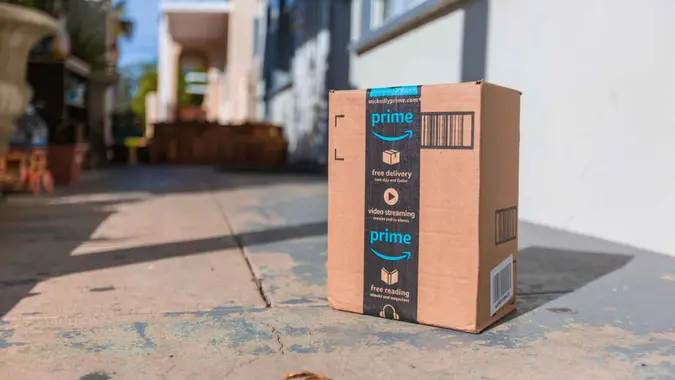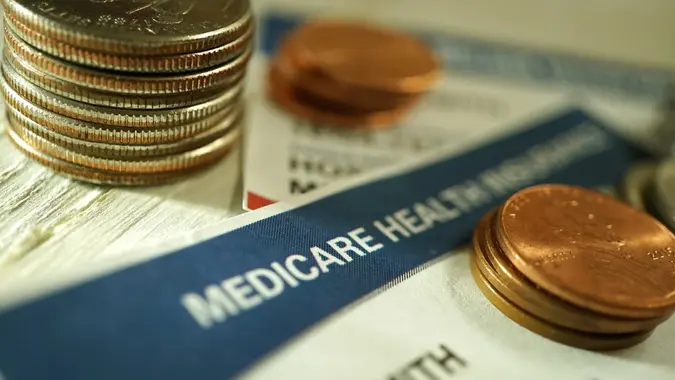‘Split It Before You Get It’: This 4-Account System Could Finally Fix Your Budget

Commitment to Our Readers
GOBankingRates' editorial team is committed to bringing you unbiased reviews and information. We use data-driven methodologies to evaluate financial products and services - our reviews and ratings are not influenced by advertisers. You can read more about our editorial guidelines and our products and services review methodology.

20 Years
Helping You Live Richer

Reviewed
by Experts

Trusted by
Millions of Readers
Financial educator Tiffany Aliche, also known as The Budgetnista, has a system that could solve all of your budget problems. But it will take a little work.
The first thing Aliche recommended doing is to write down all of your expenses and income. Then, once you know where your money is going, you can implement her four-account system to fix your budget.
The Budgetnista’s ‘Split It Before You Get It’ System
In a recent interview with Today, Aliche said to use her “Split It and Forget It” system, you’ll need to have four accounts — two checking and two savings. Here’s how it works.
Checking Account No. 1: Bills
Refer to your budget to determine the amount you need each month to pay your bills and have it automatically deposited it in this account.
Checking Account No. 2: Discretionary Expenses
According to Aliche, this account needs to have a debit card connected to it so you can use these funds for discretionary expenses, which are things that you don’t have to spend money but want to. To find out how much money you can automatically deposit into this account, figure the amount for your bills, goals and emergency fund first.
Savings Account No. 1: Goals
Decide on some goals for the funds in this account. Perhaps you want to save the down payment for a home or buy a new car. Determine an amount to save each month so you can make reasonable progress toward the goals you set.
Savings Account No. 2: Emergencies
Some experts recommend having at least six months’ worth of living expenses available in an emergency fund, while some recommend less or more. Decide on an amount you feel comfortable with saving each month and work toward your goal. For example, if your living expenses are $3,600 per month and you save $300 per month, you’ll save one month of living expenses per year.
Aliche also recommended opening the savings accounts at a separate bank — one that makes it inconvenient to access your money. Why? Because it will be easier to build your savings.
Next, Tackle Your Debt
A budget doesn’t work so well if you have a lot debt of looming over you. Aliche said to make a list of each creditor or lender you owe and include the balance, interest rate, minimum payment and whether the account is late or current. Then she recommended coming up with a plan to pay off the debt — one you can really lean into.
Solutions she offered included using the avalanche or snowball debt methods, restructuring your debt, making a balance transfer or consolidating your debt via a nonprofit credit counseling service. She said the worst thing you can do is take on new debt when you’re trying to tackle your old debt. Finally, as you pay off each debt, she recommended celebrating your progress (without spending of course).
 Written by
Written by  Edited by
Edited by 

























